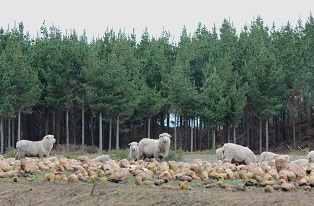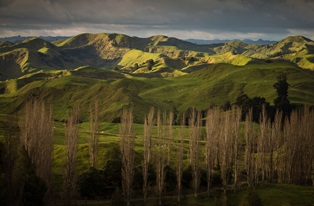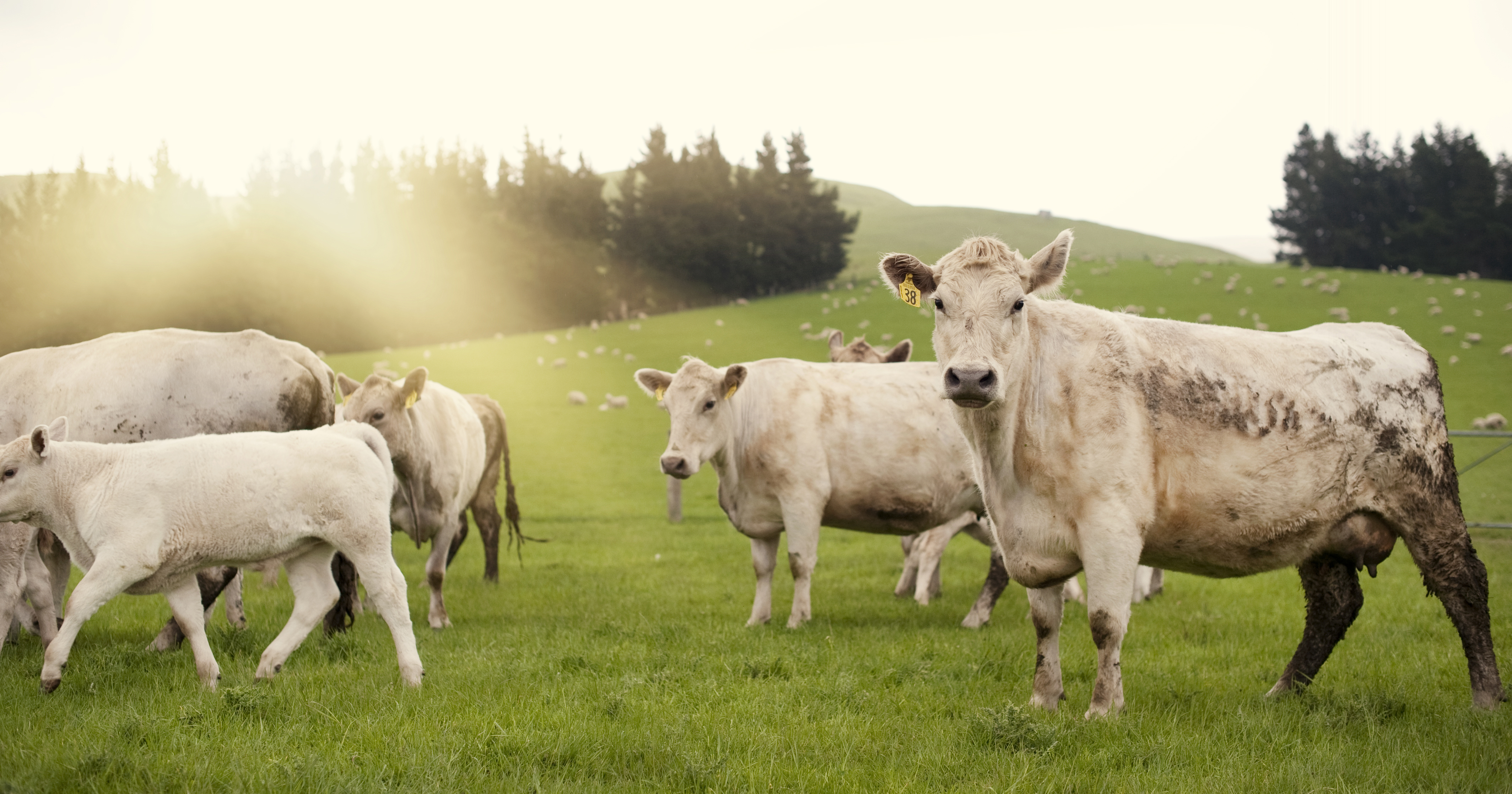The red meat sector is committed to playing our part in addressing climate change and has already made significant progress. Climate change is a particular focus for B+LNZ – we support our farmers on-farm, we work with leading climate scientists and we advocate for emissions reduction targets that are science-based and fair.
Advocacy
Climate change
Climate change consultations
B+LNZ makes consultation submissions on behalf of farmers, informed by farmer feedback, and supports farmers to have their say.
Wholesale LUC carbon farming
Beef + Lamb New Zealand is working to raise awareness of the issue of wholesale land use change from sheep and beef farming to carbon farming that is incentivised by the Government.

Advocacy on biogenic methane emissions reductions
Since the passage of the Zero Carbon Bill we have actively advocated for the Government to review the methane targets using the GWP* metric and to start reporting on the warming impact of various gases.

Climate change policy globally
There are a range of approaches being followed by countries to reduce agricultural emissions.

Our carbon footprint
B+LNZ commissions and promotes research to quantify the carbon footprint of New Zealand’s sheep and beef sector.